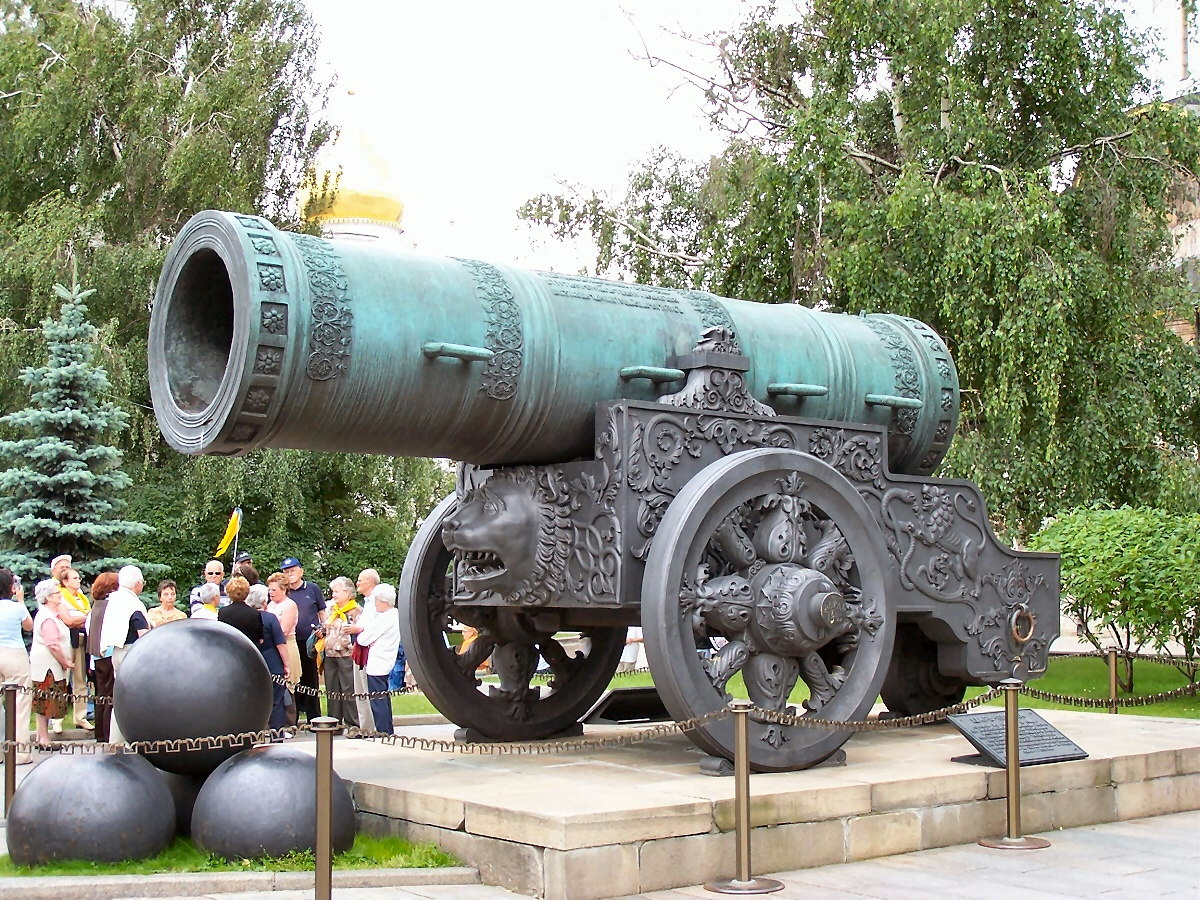My favorite roller coaster would have to be Behemoth at Canada's Wonderland. It is the tallest and fastest roller coaster in all of Canada, reaching a maximum height of 70 m and a maximum speed of 124 km/h. These two factor combine to make Behemoth, in my opinion, the coolest roller coaster in all of Canada.
As soon as you get on the roller coaster, you know you are going to have a blast, because the restraint system only presses down on your lap, leaving the rest of your body free to move around.
As soon as you start ascend up the lift hill, you are captivated by a magnificent view of the park as well as the iconic CN tower if you glance over to your left. As soon as you reach the apex of the lift hill, you start to plummet down a near-vertical hill, reaching death-defying speeds. You then travel up and down the remaining hills, your body alternating between a feeling of weightlessness and a feeling of being pushed into your seat. This lasts for a total of 3 minutes and 10 seconds, 3 minutes and 10 seconds of pure exhilaration and fun.
These are the reasons why Behemoth is my favorite roller coaster.
Here are some pictures of Behemoth:










